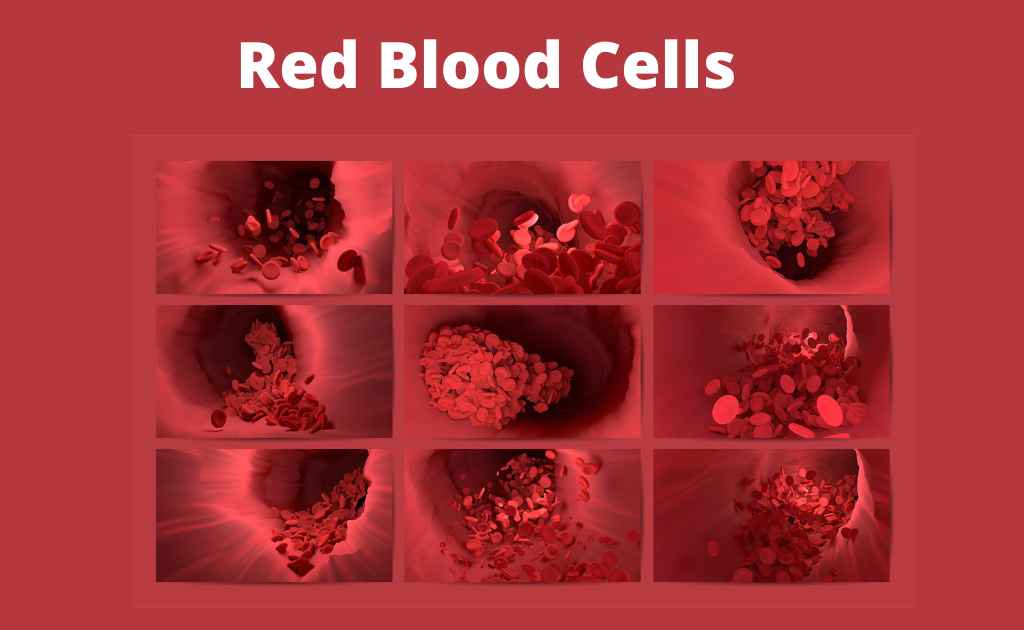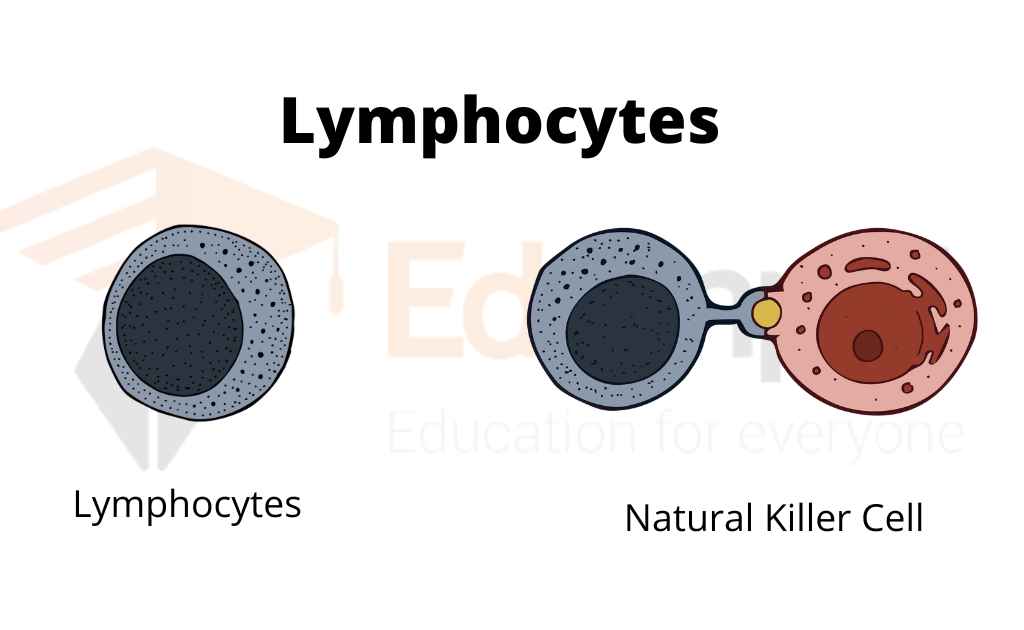Difference Between Open And Closed Blood Circulatory System
The main difference between the open and closed circulatory systems is how blood flows in an organism. With closed circulation, blood flows through vessels inside the body like arteries and veins. Open circulation happens without vessels to contain the blood; it flows freely through the cavities of the body.
There are two types of blood circulatory system;
- The Closed Circulatory System
- The Open Circulatory System
Vertebrates have closed circulatory systems, while most invertebrates have open circulatory systems. The open circulatory system is commonly seen in invertebrates such as cockroaches and crabs.

Difference Between Open And Closed Blood Circulatory System
Here are the key differences between difference between open and closed blood circulatory system:
| Closed Blood Circulatory System | Open Blood Circulatory System |
| Blood always remains in blood vessels. It doesn’t come in direct contact with the cells of the body. | Blood doesn’t remain enclosed in blood vessels. It comes in direct contact with the other body cells and bathes them. |
| 2. Inter connected system of arteries, veins, and capillaries is present. | There are no typical arteries, veins, or capillaries. Their blood is called hemolymph. This hemolymph much of the time flows in the cavities or sinuses of the body cavity called hemocoel. The hemocoel is composed of two parts: The perivisceral sinus: Is present around the Perineural sinus: Is present around the viscera nerve cord. |
| 3. The exchange of nutrients and waste between the blood and tissues takes place through capillaries | The blood directly bathes the tissues and exchange of nutrients and waste products take place between the blood and tissues. |
| 4. This system also transports gases i.e. oxygen and carbon dioxide. | This system does not transport gases i.e. oxygen and carbon dioxide. These gases are transported by the tracheal system. |
| 5. Respiratory pigment haemoglobin Is dissolved in the blood. Nucleated white blood cells are present. | Their blood has no respiratory pigment. So blood in colourless. Nucleated white blood cells are present in their blood. |
| 6. This is regarded as a primitive circulatory system. It shows less efficiency. It does not maintain blood pressure. | This is regarded as a primitive circulatory system. It shows less efficiency. It does not maintain blood pressure. |
| 7. The earthworm has 4 or 5 pairs of hearts. The hearts are present on the lateral side of the esophagus from the 7th to 13th segments. The heart pumps the blood from the dorsal to the ventral vessels. | The heart of the cockroach is a tubular vessel. It has 13 segments. It is present in the pericardial sinus. The heart is placed in the mid-dorsal region. There are alary muscles on the sides of the heart chambers. These alary muscles help in the flow of blood. Each heart has a pair of lateral openings called Ostia. |
| 8. There are three main longitudinal blood vessels: Dorsal blood vessel Ventral blood vessel Sub-neural blood vessels These blood vessels are interconnected through the capillaries and commissural (connecting) vessels. | The portion of the tubular dorsal vessel that extends in the thoracic and head region is called the aorta. It opens in the hemocoel in the head by a funnel-shaped opening. |
| 9. There is the following path of blood circulation: Dorsal vessel: It collects blood from the 14th segment backward. It becomes distributing channel in the first 13th segment and it sends its blood to the heart and anterior end of the body. Ventral vessel: It is the chief distributing vessel. There is a backward flow of blood in the ventral blood vessel. Sub-neural vessel: It is a collecting vessel. The flow of blood is backward in these vessels. It is communicated with the dorsal blood vessel through commissural (connecting) vessels. | There is the following path of circulation: The blood flows from the heart into the aorta. The aorta opens in the head in the perineural sinus. Then blood moves into the perivisceral sinus. Then blood enters the pericardial sinus. Finally, blood moves into the heart through Ostia. |
Related FAQs
What is a closed circulatory system?
The circulatory system in which blood always remains in blood vessels. It doesn’t come in direct contact with the cells of the body and is called the closed circulatory system.
What is an open circulatory system?
The circulatory system in which blood doesn’t remain enclosed in blood vessels. It comes in direct contact with the other body cells and bathes them is called the open circulatory system.
What is the Advantage of a Closed Circulatory System?
The closed blood circulatory system is more efficient than the open circulatory system, as the blood flows inside blood vessels so it uses less blood even for fast and high blood distribution.
What is the main difference between an open and closed circulatory system?
In an open circulatory system, blood does not remain closed in blood vessels and comes in direct contact with body cells, while in a closed circulatory system, blood remains enclosed in blood vessels.

 written by
written by 




Leave a Reply